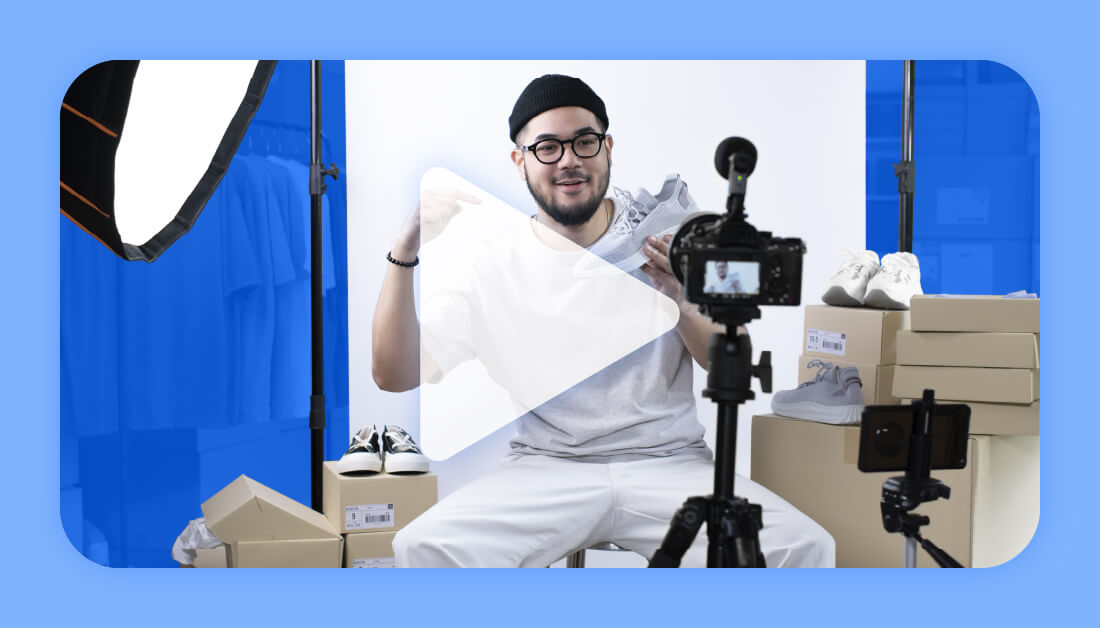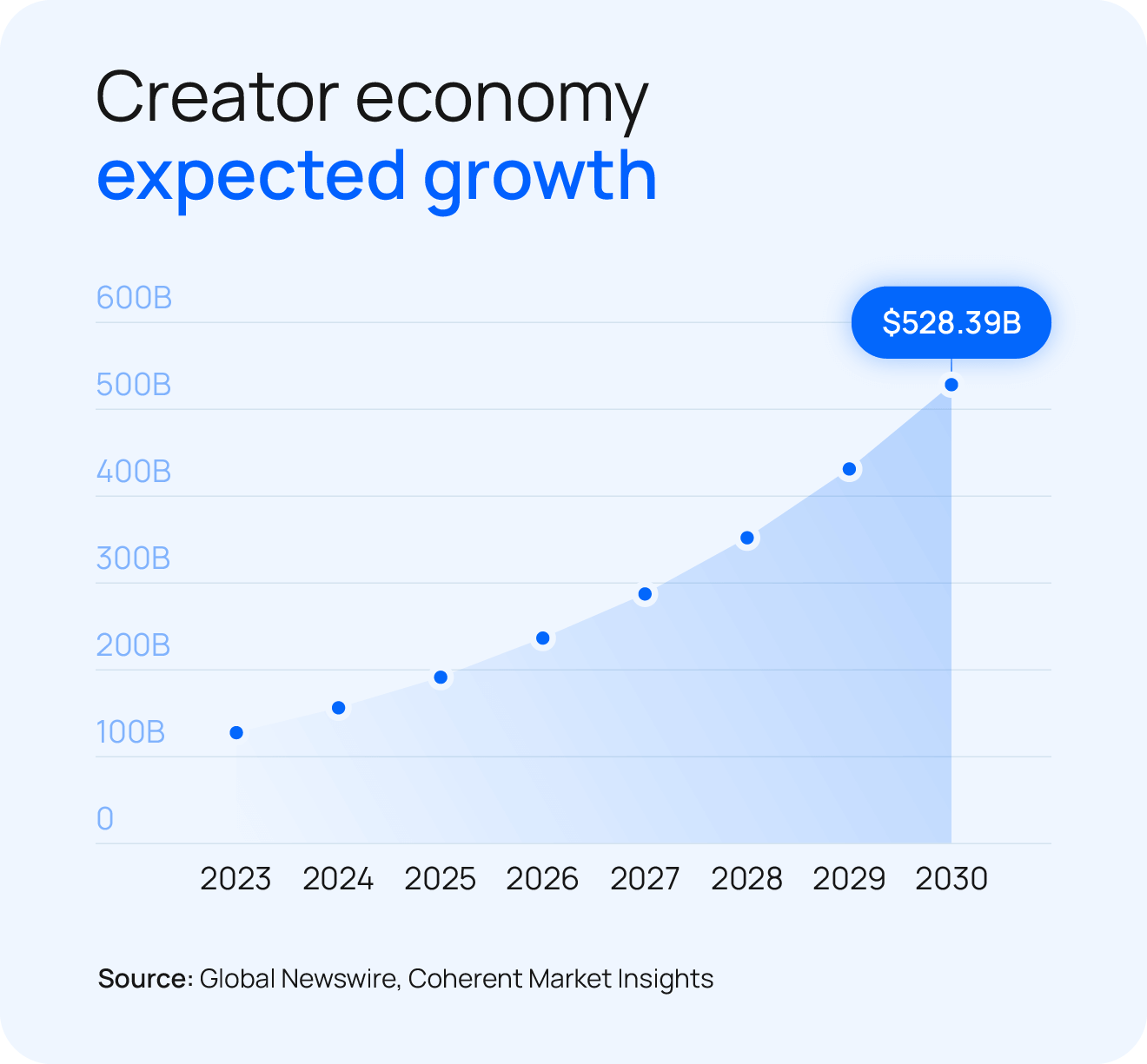This caught my attention because the AI conversation finally moved from shiny demos to real policy, payouts, and risk for creators. Over the past year we’ve seen YouTube roll out gen-AI labels, TikTok push Symphony tools, OpenAI show Sora’s video chops, and platforms quietly shift responsibility-and liability-onto creators. Let’s cut through the PR and talk about what actually changes your workflow and your wallet.
AI + Creator Economy: What matters now, not in the demo reel
- Monetization beats novelty: AI that saves hours or unlocks new formats is paying; auto-magic “ideas” assistants aren’t.
- Platforms are adding “realistic AI” labels-but the compliance burden lands on creators, not the tools.
- Copyright and voice rights are the wild card: training data, music usage, and cloning consent can nuke a channel overnight.
- Winners are building provenance and processes: audit trails, model notes, and clear disclosure policies.
{{INFO_TABLE_START}}
Publisher|Base.tube Analysis
Release Date|2025-11-02
Category|AI x Creator Economy Analysis
Platform|YouTube, TikTok, Instagram, Patreon, Twitch
{{INFO_TABLE_END}}
Here’s the quick state of play. On YouTube, AI is already in your daily grind whether you like it or not: auto-dubs (Aloud) are making multilingual publishing far easier, AI-assisted descriptions/titles are passable first drafts, and Shorts editing keeps inching toward “generate, tweak, ship.” TikTok’s Symphony spawns ad scripts and assets that look fine at phone-speed. Meta’s AI Studio is more advertiser-facing, but the ripple is clear: platforms want more content, faster, to feed discovery feeds and ad auctions.
This sounds great until you look at money and risk. Monetization hasn’t magically expanded. YouTube’s Shorts pool still gets shaved by music costs; if your AI workflow leans on trending tracks, your rev share shrinks. Sponsor budgets are shifting into AI-accelerated performance creatives (i.e., rapid A/B UGC-style ads), not necessarily into creator brand deals. And while dubbing opens new markets, it also fragments analytics—great for reach, murkier for CPMs and community depth unless you localize comments and community posts too.
On policy, the tide turned in 2024. Major platforms now require disclosure for “realistic” AI content—deepfaked faces/voices, photoreal composites, etc. That’s directionally good, but read the fine print: the onus is on you to label and keep records. If a music model or voice clone slides into your workflow without clean licensing or consent, you take the strike, not the vendor. I’ve already seen mid-size channels hit with takedowns over AI vocals layered into “parody” and “cover” formats. It’s not a theoretical risk anymore.

Legal guardrails are still forming. The EU AI Act is phasing in transparency rules; the U.S. Copyright Office keeps reaffirming that purely AI-generated works aren’t protectable, while works with meaningful human authorship are. Translation: you own your curation, editing, and direction—not the raw, unedited model output. That matters when sponsors ask for rights, or when you try to police copycats ripping your AI-stylized clips. If your process is just “prompt and post,” you’ve got a weaker hand. If you’re art directing, compositing, editing, and iterating, you’ve got authorship.
Tools worth caring about are the unsexy ones: AI dubbing to unlock LATAM and Hindi-speaking audiences; assistive editing for faster turnarounds; translation and summarization for newsletter/podcast repurposing; and AI search over your own archive to resurface evergreen moments. OpenAI’s Sora and similar text-to-video models are visually stunning, but they’re not production-stable for most creators yet—prompting time, continuity, and brand safety kill the time savings unless you’re making stylized, low-stakes interludes or B-roll.

I’m also watching provenance. Content Credentials (C2PA) isn’t sexy, but it’s the future if you value trust and sponsor safety. Stamping your outputs and saving source files/model notes gives you receipts when disputes hit. Smart creators are already adding a short disclosure line in descriptions for any AI-assisted element and keeping a private changelog: model, version, dataset/stock used, and licenses. It’s five minutes that can save a channel.
Where’s the cash grab? Platform “AI assistants” that promise “optimizations” while steering you toward ad-friendly, trend-chasing sameness. If a tool pushes you into generic content, your CTR dies by a thousand cuts. The moat is taste, niche expertise, and community. Use AI to compress grunt work, not your personality.

What this means for creators right now
- Adopt AI where it compounds: multilingual dubs, batch scripting/outlines, cuts/timestamps, archive search. Track the time saved and redeploy it into higher-touch segments and community.
- Lock down rights: get written consent for any voice cloning, stick to licensed music/models, and keep a provenance log. Add clear AI disclosures on realistic manipulations.
- Defend authorship: show human judgment—storyboarding, editing choices, composites. It strengthens copyright claims and sponsor confidence.
- Diversify revenue: pair AI-accelerated reach with owned products (courses, templates, membership) so you’re not at the mercy of platform rev shares.
My prediction: the next 12 months won’t crown “AI-native creators” so much as reward operators who mix craftsmanship with ruthless operations. The best channels will feel more human, not less, because AI will quietly remove the busywork that kept them from depth and format innovation.
TL;DR
AI is past the demo phase in the creator economy. Use it to scale translation, editing, and archive mining; avoid generic content traps; document your process and disclosures; and keep your moat where platforms can’t copy it—taste, community, and trust.
Leave a Reply